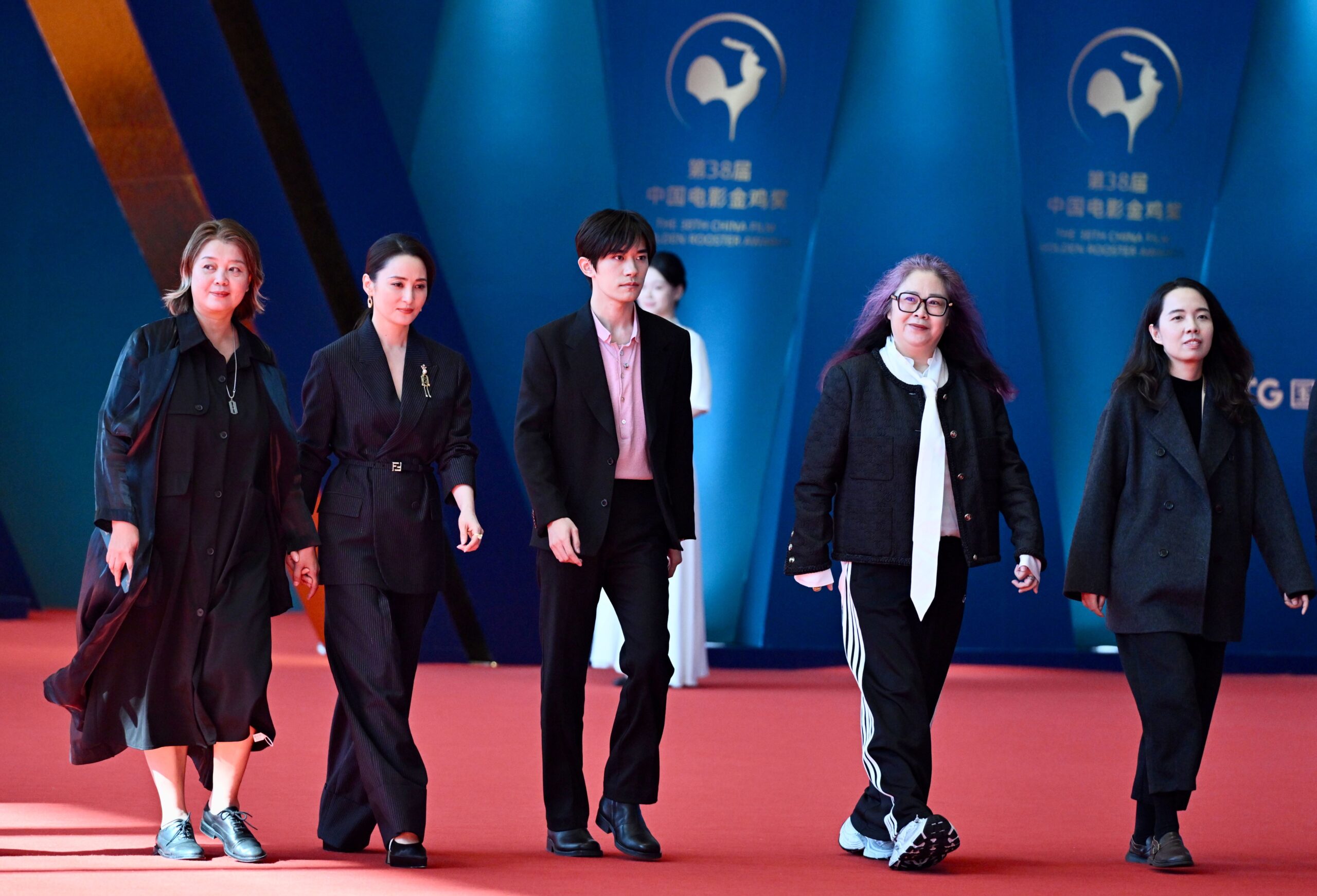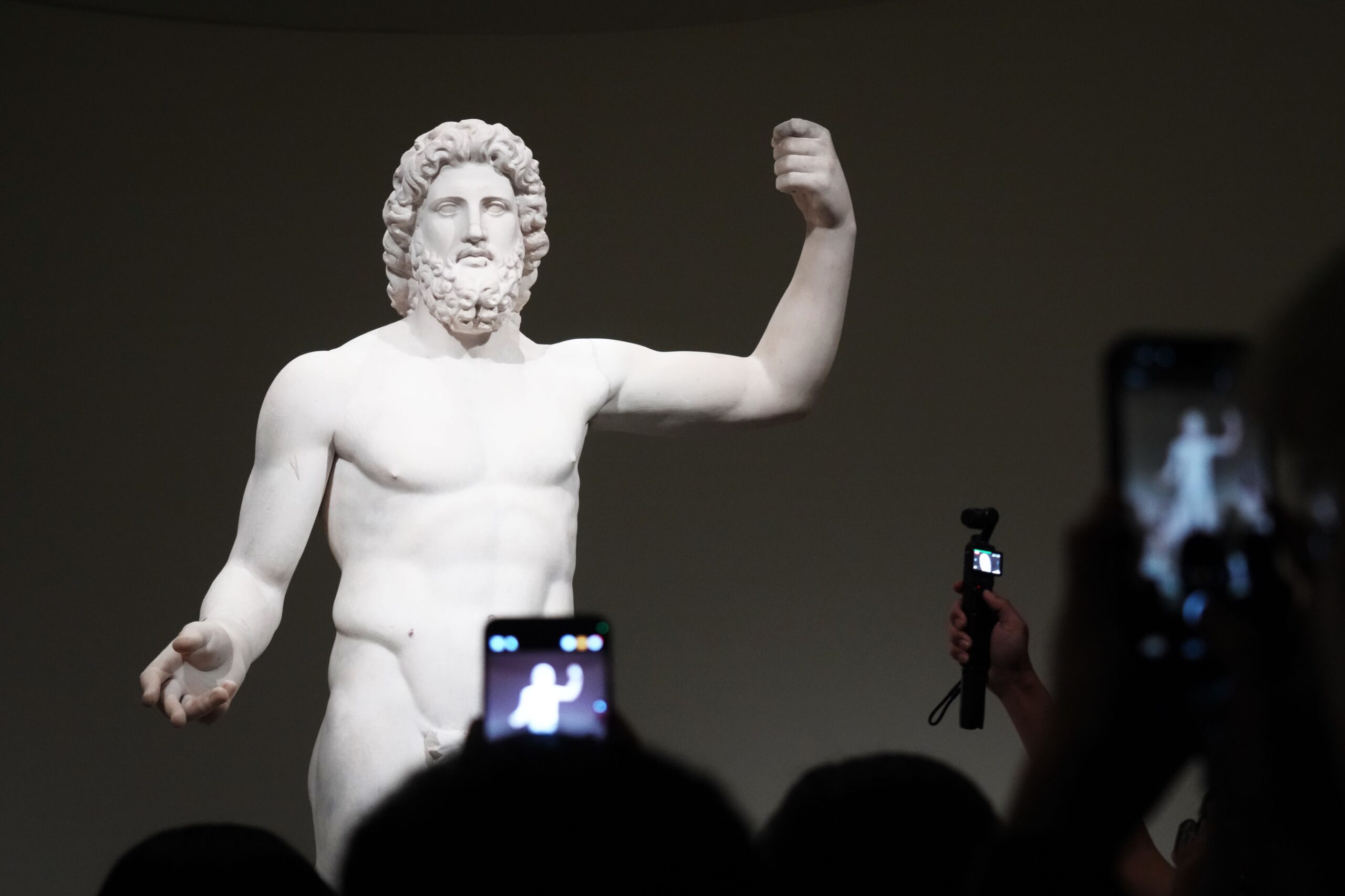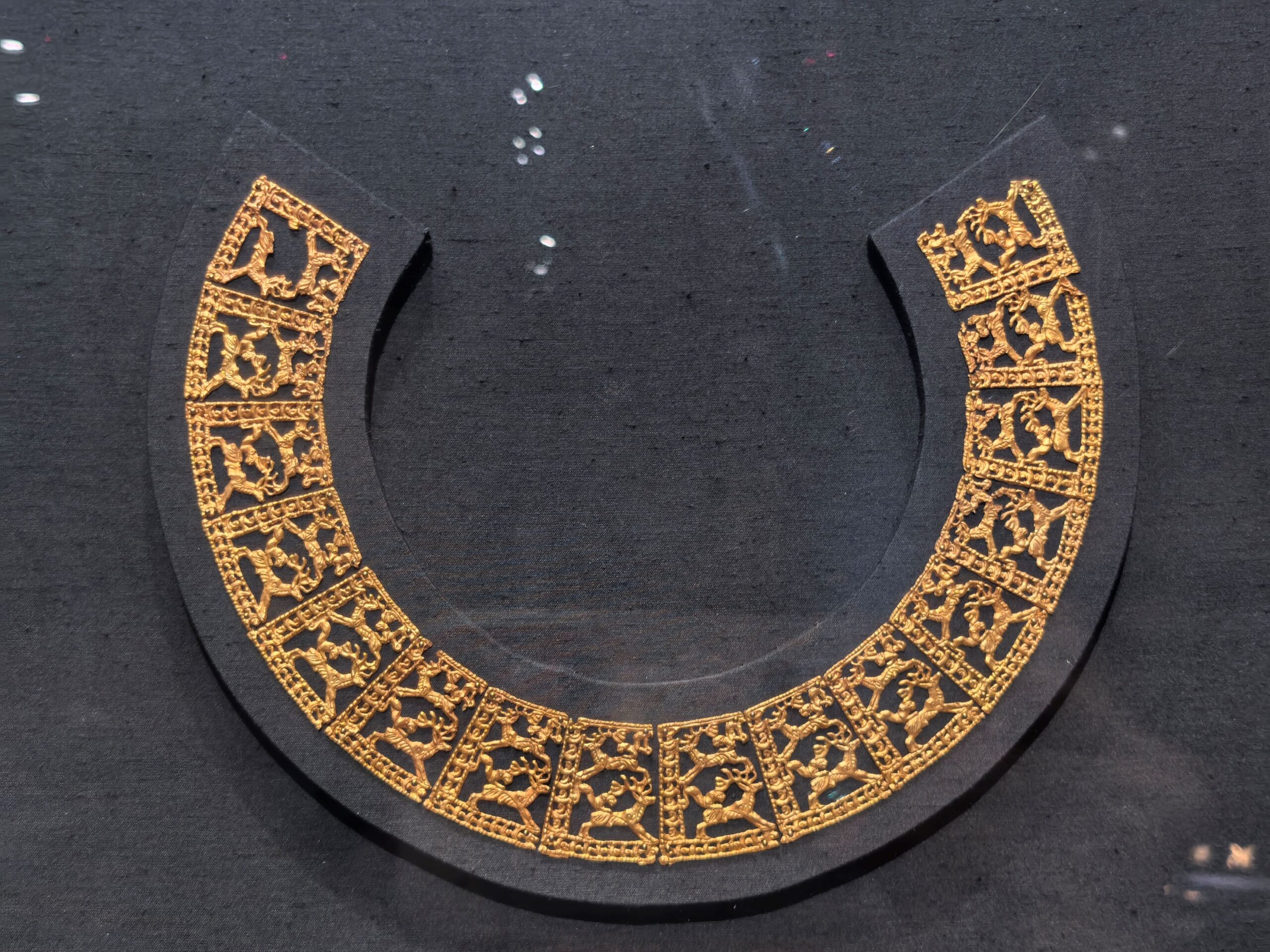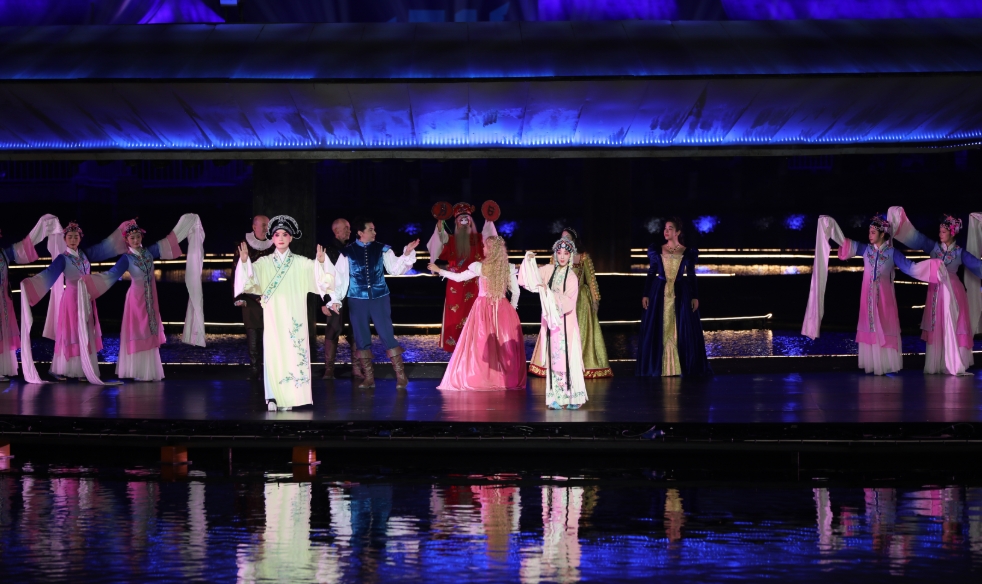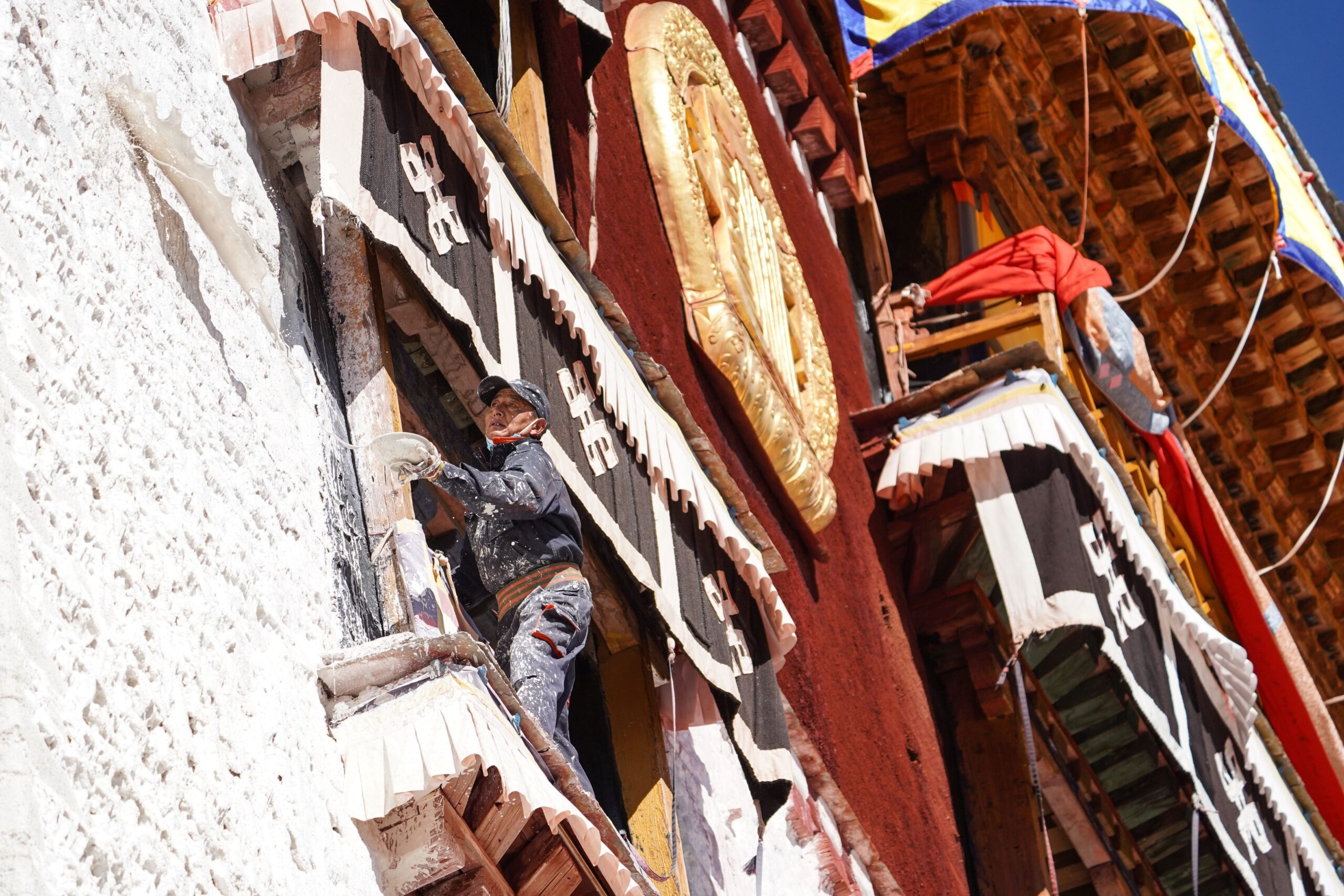Discover how digital technology has revived the ancient “Six Beauties” statues at China’s UNESCO-listed Yungang Grottoes.
After five months of careful digital restoration, Caves No. 7 and No. 8 of the Yungang Grottoes in northern China reopened to the public on October 27. The project marks a new step in combining technology and heritage preservation at this UNESCO World Heritage site, according to CNS.
Carved during the Northern Wei Dynasty (471–494 AD), the twin caves are among the earliest examples of mid-period Yungang art. Inside each cave, a rectangular niche about four meters wide holds six elegant celestial figures—three on each side. Known as the “Six Beauties of Yungang,” they are admired for their features, referred to as “the finest faces of Yungang,” representing the transition balance, grace, and serene expression.
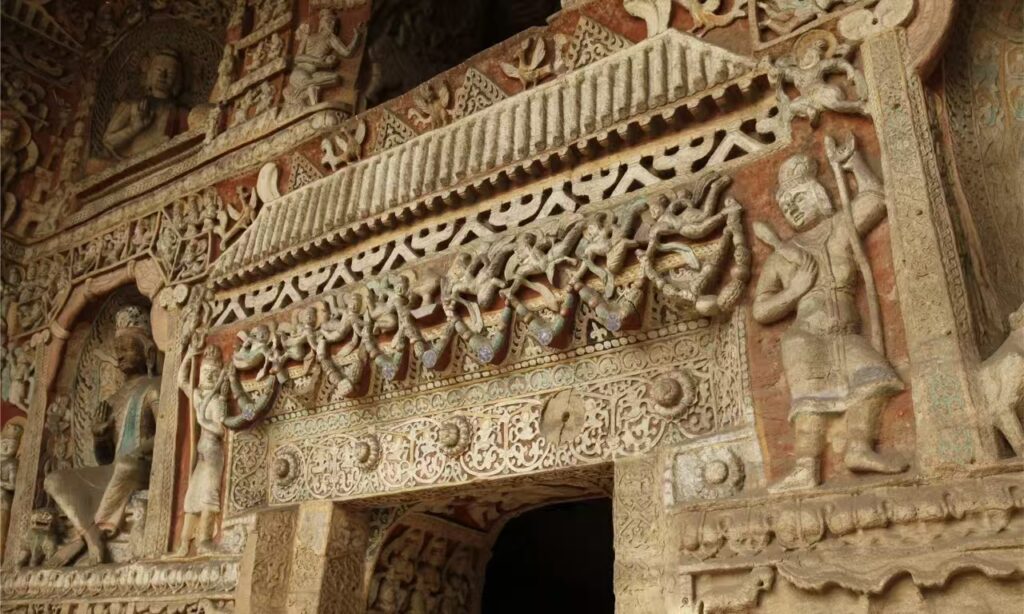
The Grace and Legacy of the “Six Beauties”
The “Six Beauties” are more than masterpieces of Buddhist sculpture—they are symbols of harmony between art and faith. Their refined proportions and rhythmic gestures reflect the artistic peak of the Northern Wei period. Scholars often refer to them as “the finest faces of Yungang,” representing the transition from rigid early forms to more fluid and human expressions in Chinese Buddhist art.
In addition, Caves No. 7 and No. 8 also showcase remarkable cultural fusion. Greek-style columns, Indian Gandhara influences, and Chinese architectural elements coexist within the same space, offering vivid proof of artistic exchange along the ancient Silk Road.

When Technology Meets Ancient Art
Since May, experts from the Yungang Research Institute have documented the caves using 3D scanning, laser imaging, and environmental monitoring. The data now forms a permanent digital archive, allowing real-time tracking of temperature, humidity, and light—essential for long-term conservation.
The restoration also repaired cracks and stabilised rock structures. Beyond preservation, Yungang’s digital initiatives are helping more people engage with its heritage. 3D-printed replicas have recreated several caves, which have been exhibited in cities like Shanghai and Hangzhou. They bring the spirit of Yungang to audiences across China and beyond.
The Yungang Grottoes, near Datong in Shanxi Province, contain over 59,000 Buddhist statues in 45 main caves. Listed as a UNESCO World Heritage Site in 2001, they continue to inspire the world as a bridge between ancient craftsmanship and modern innovation.
Written by Chen Wang.
If you liked this article, why not read: Longmen Grottoes: Where History and Innovation Unite



